What are the types of dental emergencies?
Oral trauma
Oral trauma refers to lesions or sequelae caused by a more or less violent shock. The latter thus affects the visible or deep tissues which can cause certain problems such as the pulling out of a tooth or an injury to the tongue. It is possible to classify the causes of these injuries.
- Public road accidents (AVP ) . These are traffic accidents that take place on a road, a pavement or even on a sidewalk. All people who use public roads can be victims of this kind of trauma.
- Falls which include undetermined falls, falls from heights, falls on stairs , falls against objects, falls from furniture.
- Sports : in most cases, a problem of shocks during team sports (football, basketball, etc. )
- Direct shocks caused by a projectile or a moving object .
Some people are much more prone to this type of fall, sometimes causing oral trauma. These include, among others, children under 13, seniors over 60 and athletes.
The places where dental emergencies take place are also varied, such as schools, sports halls, the street, nightclubs, places of leisure or EHPADs, nurseries.
Infectious pathologies
You should know that the oral cavity is a gateway for different pathogens. Due to an external factor such as the ingestion of sweets, certain bacteria can proliferate and cause a more or less dangerous infection. Pathogens can attack teeth and gums very quickly. If nothing is done, they can reach the periodontium which is the bone structure of the jaw.
In the majority of cases, these problems are considered a dental emergency. Indeed, the practitioner must react quickly in order to slow down the spread of germs in the mouth. To do this, he can resort to antibiotic therapy. He will prescribe drugs such as penicillin aimed at eliminating the microbes responsible for the disease.
In summary, here are the main dental pathologies:
- Caries is an infectious disease that is one of the 10 most common chronic human diseases according to the World Health Organization . It can affect both children and adults. It is most often characterized by enamel destruction, inflammation and dental abscess.
- It is manifested by the increase in volume of the gums.
- Periodontitis occurs if gingivitis is not treated in time. It is dangerous insofar as it can reach the alveolar bone of the jaw.
Post-surgical haemorrhages of dental origin
After a dental problem, your dentist can perform oral surgery. Due to an external factor or human error , the wound may leave some traces and cause bleeding again.
This release of blood from a blood vessel can be considered dangerous. Thus, we can consider this problem as a dental emergency.
The practitioner will intervene to resorb the wound and limit blood loss. For this, he most often uses homeostatic drugs.
Disorders of the temporomandibular joint
The ATM or the temporomandibular joint corresponds to the joint which is located between the lower jaw and the temporal cavity (in front of the ear). Due to a morphological disorder or a dysfunction during mastication, pain may occur at this level.
According to specialists, these problems are considered a dental emergency. Here are the different causes that can be at the origin of this disorder:
- Bad dental occlusion
- A change of chewing side
- An absence of several teeth such as the molars (bottom).
- An anomaly of the occlusion of the incisors
- Removal of wisdom teeth
- Significant stress (emotional shocks, fatigue, anxiety, etc.)
- A low temperature (cold, wind, etc.)
- An abuse of chewing gum, etc.
Faced with this kind of problem, the specialist can offer several treatments such as wearing a removable dental gutter, selective dental grinding. If the problem remains significant enough, the specialist can perform meniscal dislocation or meniscal perforation depending on the situation.
As far as pain is concerned, it must be treated symptomatically using analgesics or anti-inflammatories.
Pathologies of the oral mucosa
Here, we are not necessarily talking about the teeth, but about the oral mucosa. These include, among others, the grouping of the tongue, the floor of the tongue, the gums, the internal face of the cheeks, the palate and the soft palate.
All diseases that affect these parts are considered by specialists as a dental emergency. It is difficult to give all the pathologies linked to this problem, but they can be categorized into:


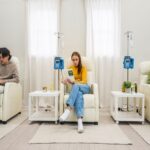




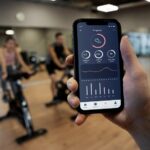
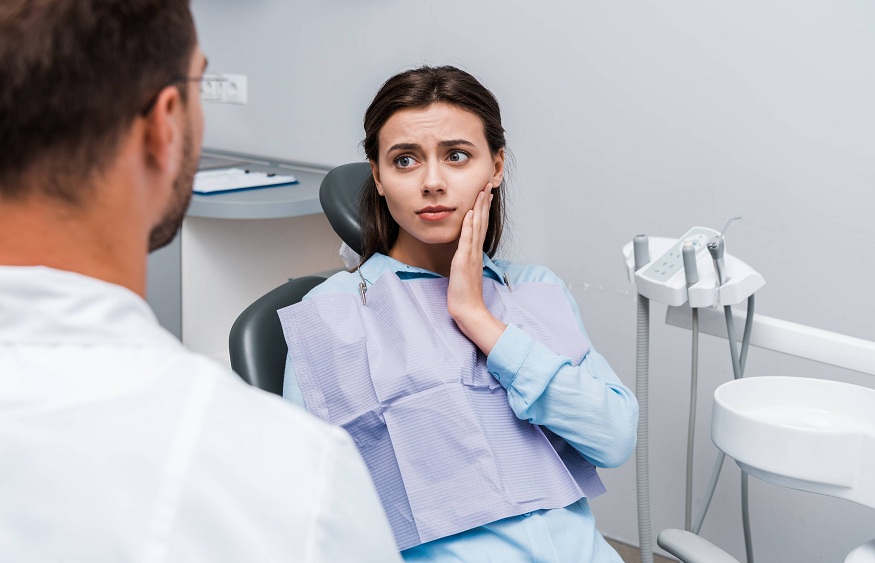

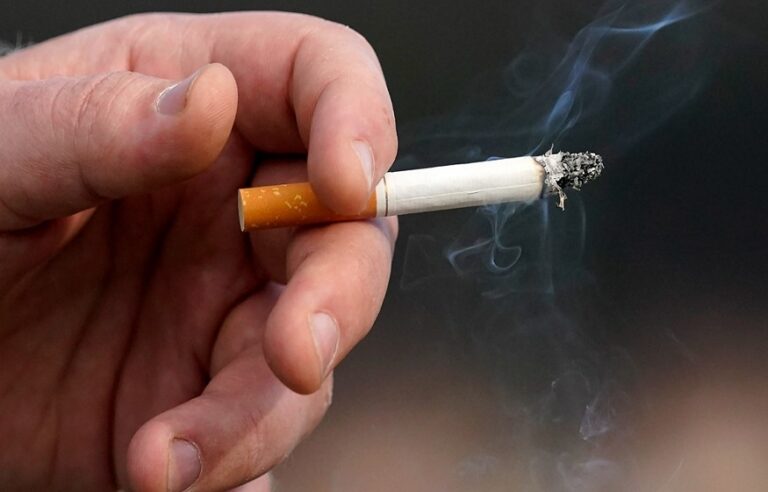


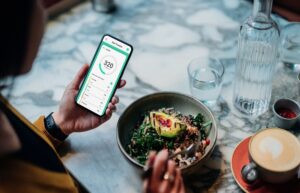




+ There are no comments
Add yours